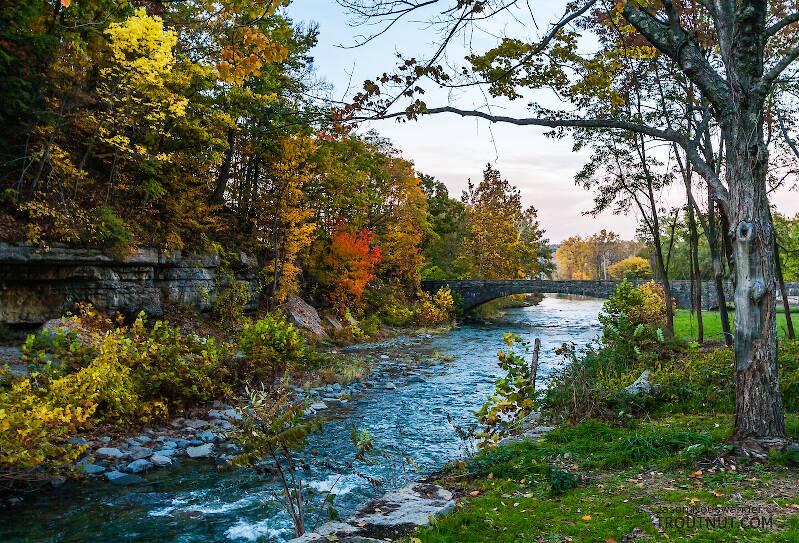
Salmonflies
Pteronarcys californica
The giant Salmonflies of the Western mountains are legendary for their proclivity to elicit consistent dry-fly action and ferocious strikes.


Mayfly Species Epeorus suffusus
Species Range
Physical description
Most physical descriptions on Troutnut are direct or slightly edited quotes from the original scientific sources describing or updating the species, although there may be errors in copying them to this website. Such descriptions aren't always definitive, because species often turn out to be more variable than the original describers observed. In some cases, only a single specimen was described! However, they are useful starting points.
Male Spinner
Wing length: 11? mm
Similar to dark form of I. humeralis (now a synonym for Epeorus vitreus) but with larger genitalia, and the penes more widely separated apically.
Larger than dark form of I. humeralis, and with larger eyes. Thorax dull brown, the posterior portions deeper brown. Legs pale yellowish; all femora with median and apical dark spots. Venation pale. Abdominal tergites suffused with brown, except for a double row of oval white spots. Tails pale; traces of brown rings at the basal joinings. Penes quite similar in shape to those of I. humeralis, but larger and more widely separated apically. The larger size and slight structural differences in the penes seem to distinguish this species from I. humeralis, dark form.
Start a Discussion of Epeorus suffusus
References
- Caucci, Al and Nastasi, Bob. 2004. Hatches II. The Lyons Press.
- Merritt R.W., Cummins, K.W., and Berg, M.B. 2019. An Introduction to the Aquatic Insects of North America (Fifth Edition). Kendall/Hunt Publishing Company.
- Needham, James G., Jay R. Traver, and Yin-Chi Hsu. 1935. The Biology of Mayflies. Comstock Publishing Company, Inc.
Mayfly Species Epeorus suffusus
Species Range
Resources
- NatureServe
- Integrated Taxonomic Information System
- Global Biodiversity Information Facility
- Described by McDunnough (1925)

